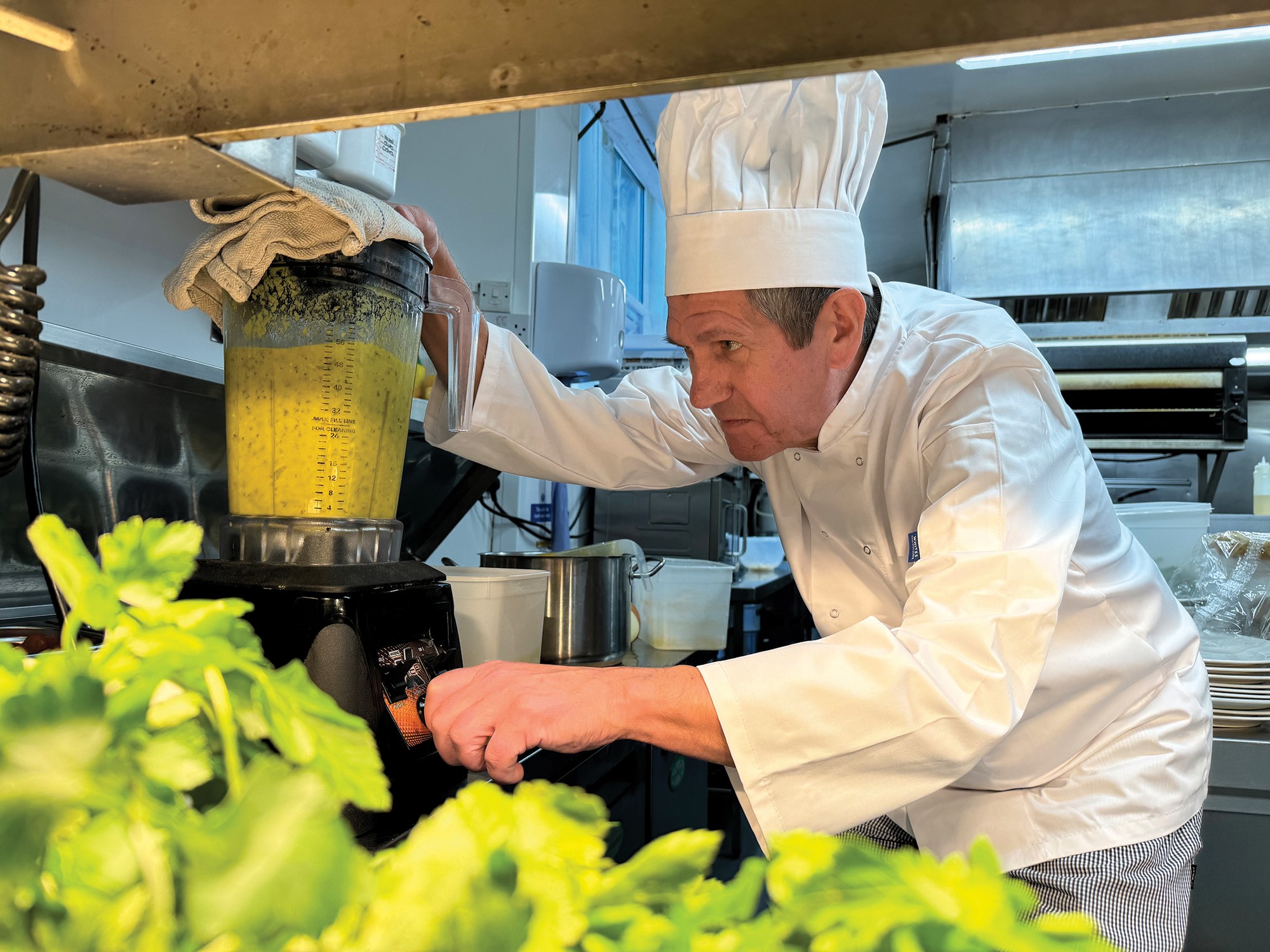
And still Cornish.
Holidaymakers head for Cornwall for many things: to marvel at majestic sea cliffs and explore secluded coves; to get a serious horticultural fix at the Eden Project or the Lost Gardens of Heligan; to enjoy our westernmost county’s somewhat milder microclimate; and of course to sample some of the finest provender available anywhere in the UK. Glorious fish and seafood, and award-winning ales and ciders. Guests at Duloe Manor are particularly well placed to enjoy the latter, as the Cornish Orchards cider-maker is just a stone’s throw away.
But all visitors will want to try the tasty treat for which the county is most famous: the Cornish pasty.
A little history
The pasty has existed, in one form or another, since at least the 13th Century. Back then, it was very much posh nosh – filled with venison, beef, lamb and seafood like eels, and flavoured with rich gravies and fruits. It wasn’t until the 17th and 18th Centuries that the pasty went ‘downmarket’; adopted by miners and farm workers in Cornwall as a means for providing themselves with easy, tasty and sustaining meals while they worked, the humble Cornish pasty was born.

Photo courtesy of Cornish Studies Library Collections
There are as many variations and opinions on what makes the perfect Cornish pasty as, yesteryear, there were Cornish mining and farming families. Every housewife (yes, there was a clear gender divide, back then) would send her man off to work with a pasty cooked to her own, often secret, recipe, in her own way. Typically, a recipe would be passed on by word of mouth from mother to daughter, but some women guarded their recipes so jealously that they took the secret to the grave.
Nonetheless, many survive – and while there are degrees of difference (to mix, or not to mix, the ingredients? Carrots, or no carrots?) all Cornish pasties have basic components in common: potato, onion, swede and beef, the whole wrapped up raw and cooked in a sealed, crescent-shaped pastry crust, to keep the filling warm until lunchtime.
So: what constitutes the perfect Cornish pasty? We reckon this recipe, coming as it does from the Cornish Pasty Association, must be pretty close to the mark (makes six pasties)…
For shortcrust pastry
500g strong bread flour (it’s important to use a stronger flour than normal as you need the extra strength in the gluten to produce strong, pliable pastry)
120g lard or white shortening
125g Cornish butter
1 tsp salt
175ml cold water
For the filling
450g good-quality beef skirt, cut into cubes
450g potato, diced
250g swede, diced
200g onion, sliced
Salt and pepper to taste (2:1 ratio)
Beaten egg or milk to glaze
Method
Rub the two types of fat lightly into flour until it resembles breadcrumbs
Add water, bring the mixture together and knead until the pastry becomes elastic. This will take longer than normal pastry but it gives the pastry the strength that is needed to hold the filling and retain a good shape. This can also be done in a food mixer
Cover with cling film and leave to rest for three hours in the fridge. This is a very important stage as it is almost impossible to roll and shape the pastry when fresh
Roll out the pastry and cut into circles about 20cms diameter. A side plate is an ideal size to use as a guide
Layer the vegetables and meat on top of the pastry, adding plenty of seasoning
Bring the pastry around and crimp the edges together
Glaze with beaten egg or an egg and milk mixture
Bake at 165°C (fan oven) for about 50 to 55 minutes until golden
Recipe courtesy of the Cornish Pasty Association
But that’s for when you’re at home. While on holiday in Cornwall, you’ll be happily munching away on the real thing.
Or will you?
The Cornish Pasty Association has gained European protected (PGI) status for the Cornish pasty, which means that only pasties made in Cornwall, to a traditional recipe and in a traditional manner, can legally be called Cornish pasties.
However – let’s call this the Law of Unintended Consequences – the Cornish pasty could soon lose its protected status. Which will mean that any old interloper can start making any old pastry-encased comestible, and call it Cornish. A body blow for what is an important industry – thousands of people in Cornwall are involved in the pasty industry, from farmers, to producers, to retailers – and surely the beginning of the end of the Cornish pasty as we know it.
Your course of action is clear. For your next holiday, head for Cornwall, and Duloe Manor. And while you’re there, buy a few Cornish pasties: to eat as you travel around, and so you can bring the rest home. You’ll not only be supporting the local economy; you’ll be enjoying a foodstuff with history in every bite. Which, a few years from now, may be just a memory.

